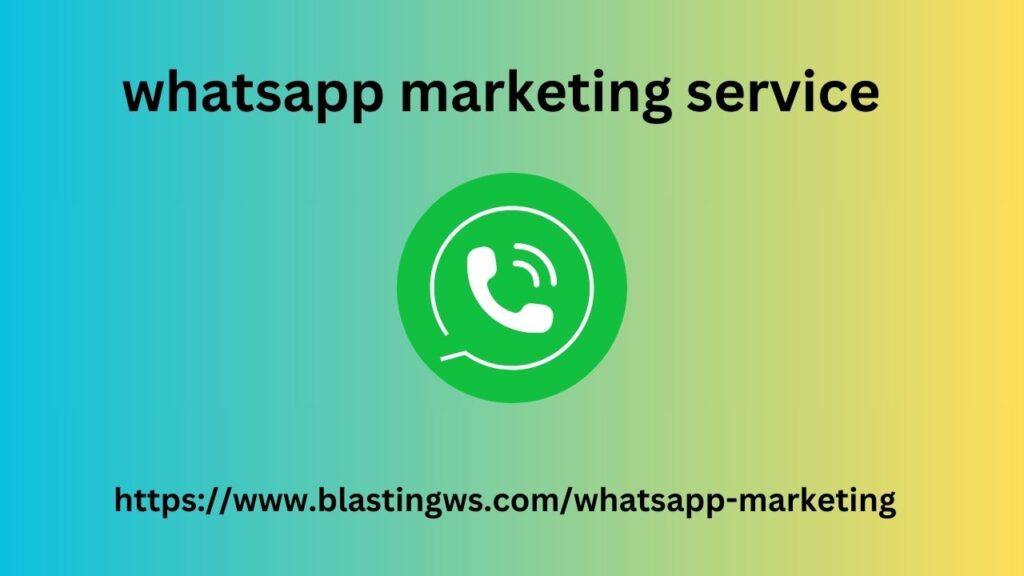Manually creating and publishing content is inefficient and time-consuming.
You need technical knowledge to create a stylish website – and it can be difficult to manage and organize content over time.
Thankfully, a content management system (CMS) can help you create, edit, and manage content in a streamlined manner.
It offers features that help you build a beautiful website and provides tools for optimizing content for marketing purposes.
But how do you choose the tools you need?
Let’s explore best practices for choosing a whatsapp marketing service CMS and take a look at the most popular tools available today.
What is a Content Management System?
A CMS is a software that allows users to create, manage, and modify digital content on a website without technical expertise.
It simplifies content creation, provides editing tools, and assists in the publishing process.
It has a user-friendly interface and can be used to manage and process different types of digital content. Using a CMS makes it easier to maintain your website without the need for a developer.
Most CMSs have the following key features:
- Search Engine Optimization (SEO) Features
- Customizable web design templates
- Digital Asset Management
- Content editing tools
- Content Scheduling
- Access Control
Who needs a CMS and why?
A CMS is designed to simplify content delivery and management.
and it works.
almostThree quartersof businesses say using a CMS makes their team’s daily processes easier.
But Who Uses a CMS?
Many individuals and businesses use a CMS as their content delivery application because it simplifies the digital experience you get through content production.
Common types of businesses that use CMS include:
- Content-driven website
- E-commerce website
- Marketing Team
- Digital Agency
The beauty of a CMS is that non-technical users (whether content creators, editors, or managers) can easily handle content production without requiring extensive technical skills.
CMS users can benefit a lot from it.
A comprehensive suite of built-in capabilities enhances the user experience in content creation and delivery.
A CMS helps you create, manage, and publish content with less manual effort , from SEO tools to improve rankings to collaborative features for co-editing.
You can also enjoy organized 5 key tips for selling on telegram content storage and digital asset management tools, with differentiated access controls for different internal roles.
How to Choose the Right CMS for You: Best Practices
To choose the right content management platform, consider your current content operations and what you need to improve this process.
Here are some key things to consider:
1. Define your needs
Understanding your content needs will help you figure out what CMS features you need.
For example,58%of teams say collaboration features are essential, and 53% say centralized content management is essential. However, only 23% say AI features are essential.
As you think about what you need, think about the type of digital content you create.
For example, are you working with text, images, videos, downloadable files, or product listings?
Next, think about the amount of content you manage on a regular basis. This will help you determine how much storage space you need.
Then, think about your team. Do you need to plan user roles and permissions so that multiple users with different access levels can work together?
Does your team collaborate on content? If so, you’ll want to look for tools that facilitate a collaborative editing process or support specific approval workflows.
Next, consider your customization needs.
Do you need a lot of control over how you customize the look and feel of your website? If so, you’ll want a CMS with plenty of customization options.
If not, look for a platform that has customizable templates where you can add your content and branding.
Finally, consider the cost. It’s not just the subscription fee; you also need to calculate the ongoing maintenance, update, and support costs.
2. Consider availability
CMS usability is a must if you’re trying to streamline content production and delivery.
Nevertheless, afifthof organizations complain that their CMS is not user-friendly enough.
Look for an intuitive interface that’s easy to data based navigate so your team can quickly gain value from it once they come on board.
When evaluating availability, consider the following:
- Is the tool mobile-optimized to make it easier to manage your website and content from different devices?
- Does the CMS support your team’s existing content creation workflow?
- Is it easy to assign specific permissions to different user roles?
- How easy is it to create and edit different types of content?
- Are there collaboration and communication features?
3. Understand security
But what should you look for?
First, find a tool that is regularly updated and patched. These platforms are always free from bugs and glitches.
Research the CMS’s history of security breaches and learn how the company addressed those issues. This will give you a general idea of its reliability.
More specifically, look for strong user authentication methods, such as two-factor authentication and secure password management.
Choose one that provides fine-grained permission control – this limits access to sensitive content.
Find out if the tool offers encryption of data both at rest and in transit. This helps protect user data, login credentials, and financial information.
Your CMS should also offer built-in security features such as intrusion detection systems, malware scanning, and backup options.
4. Find a scalable system
Your CMS needsGrow with your business.
Don’t just cater to current traffic – think about how you expect your traffic to grow.
If you plan on expanding, you’ll need a CMS that can handle an increase in website visitors without performance issues.
Look at the tool’s storage capacity and scalability options. Can you scale vertically (add more resources to a single server)? Can you scale horizontally (add more servers)?
Also, think about features you might need in the future.
For example, you may be happy with a template now, but may require various customizations in the future.
Finally, calculate the cost of the expansion.
How much do the additional resources, server upgrades, or licenses for higher service tiers cost?
Your CMS should provide a return on investment (ROI) as you grow, or you’ll have to migrate to a cheaper tool later.
5. Don’t Forget SEO
You can generate60%More trafficOptimize your content for search engines.
For example, if you are a bank trying to encourage users toOpen a bank account, you will have a hard time getting traffic on search engines because competition is so fierce. By optimizing SEO, you can outrank similar articles and drive more traffic to your page.

